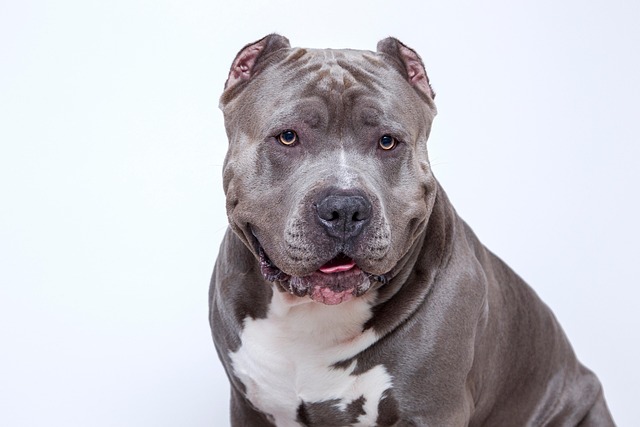
What is glaucoma in a dog?
You might notice your dog squinting more at mealtime or avoiding bright sunlight—these small changes could be early signs of a serious eye condition.
When the mercury spikes and the air feels thick enough to chew, even the most energetic pup can start to lag. Those heavy panting breaths and glazed eyes aren’t just signs of a long play session—they might be early warnings of heat stroke, a condition that hits dogs faster than many owners realize. But here’s the hard truth: heat stroke in dogs rarely resolves without intervention. Unlike humans, who can sweat through their skin, dogs rely almost entirely on panting to cool down. Once their body temperature creeps past 104°F (40°C), their internal systems start to falter, and waiting for them to “tough it out” can turn a manageable situation into a life-threatening emergency.
Consider what happens inside a dog’s body during heat stroke. Blood flow shifts to the skin to release heat, leaving vital organs like the brain and kidneys starved of oxygen. Without prompt help, cells begin to die, leading to seizures, organ failure, or worse. Even if a dog seems to “perk up” after lying in the shade, hidden damage might be brewing.
 So what should a pet owner do at the first sign of trouble? Move the dog to a cool, shaded area immediately. Wet their paws, belly, and armpits with room-temperature water (avoid ice, which can shock the system). Offer small sips of water, but don’t force them to drink. Then head to the vet—even if they seem better. Professionals can check for internal damage using blood tests and provide IV fluids to rehydrate and stabilize the body. This step is crucial because heat stroke can cause delayed complications, like kidney issues, that might not show up for days. Skipping a vet visit isn’t worth the risk, especially when early treatment dramatically improves the odds of a full recovery.
So what should a pet owner do at the first sign of trouble? Move the dog to a cool, shaded area immediately. Wet their paws, belly, and armpits with room-temperature water (avoid ice, which can shock the system). Offer small sips of water, but don’t force them to drink. Then head to the vet—even if they seem better. Professionals can check for internal damage using blood tests and provide IV fluids to rehydrate and stabilize the body. This step is crucial because heat stroke can cause delayed complications, like kidney issues, that might not show up for days. Skipping a vet visit isn’t worth the risk, especially when early treatment dramatically improves the odds of a full recovery.
Prevention, of course, is always better than treatment. Avoid exercising dogs during the hottest parts of the day; opt for early morning or evening walks instead. Never leave a dog in a parked car, even with the windows cracked—temperatures can rise by 20°F in just 10 minutes. Brachycephalic breeds like bulldogs and pugs are particularly vulnerable because their short snouts make panting less effective, so extra caution is a must. Keeping water bowls full and providing access to shade in yards can also make a big difference. These simple steps don’t just protect dogs from heat stroke—they align with laws in many European countries and U.S. states that require pet owners to provide adequate shelter and care in extreme weather.
At the end of the day, a dog’s ability to recover from heat stroke depends entirely on how quickly they get help. Their bodies aren’t built to fight off severe overheating alone, and waiting to see if they “get better” is a gamble no responsible owner should take. By staying alert to the signs, acting fast when trouble strikes, and taking steps to prevent overheating in the first place, we can keep our furry companions safe when the sun is at its strongest. After all, a little preparation goes a long way in ensuring those summer days are filled with tail wags, not trips to the emergency vet.

You might notice your dog squinting more at mealtime or avoiding bright sunlight—these small changes could be early signs of a serious eye condition.

Let’s set the scene: It’s a sweltering Phoenix afternoon—105°F outside—and you rushed your 2-year-old Lab mix, Cooper, on a quick walk to “get it over with.”

Let’s get real: You’re in your Miami apartment, watching your 3-year-old Corgi, Loki, struggle to climb the stairs to your second-floor unit.

Many dog owners brush off occasional scratching as just “dog behavior,” but persistent itching often signals something more—like a food allergy.

You might first notice your dog scratching more than usual—chewing at their paws until the fur looks thin, or rubbing their face against the couch nonstop.

Let’s be real: You’re standing in your Chicago apartment, watching your 3-year-old Beagle, Max, huff and puff just to climb onto the couch.